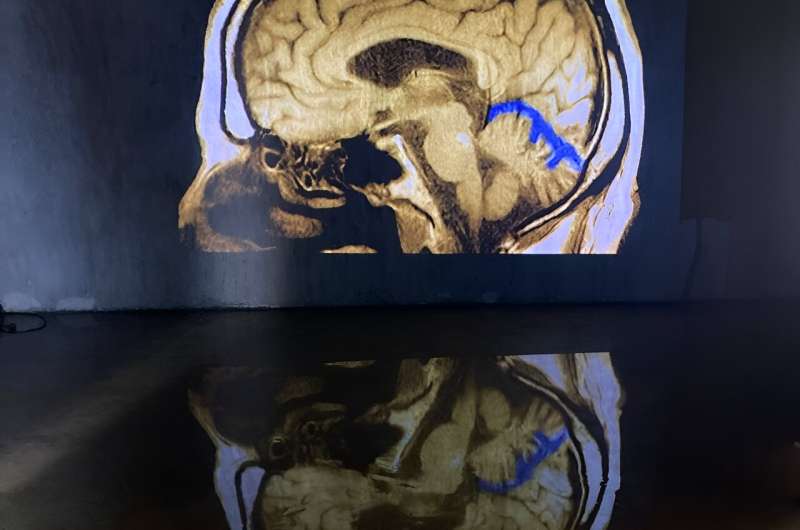This article has been reviewed according to Science X's editorial process and policies. Editors have highlighted the following attributes while ensuring the content's credibility:
fact-checked
peer-reviewed publication
trusted source
proofread
Tactile imagery used to improve rehabilitation of patients with motor disorders

Skoltech researchers in collaboration with Immanuel Kant Baltic Federal University, Lomonosov Moscow State University, and Sechenov Institute of Evolutionary Physiology and Biochemistry of the Russian Academy of Sciences demonstrated that sensorimotor regions of the brain can be activated not only through movement, but also tactile imagery. The results are presented in the eNeuro journal.
For rehabilitation of patients after a stroke, trauma, or amputation, researchers employ imagination, which results in physical changes in the human body. For the treatment, patients mentally practice difficult movements—in sport, dance, or while playing musical instruments. This "training" allows rebuilding of motor skills through the brain-computer interface, including the ability to move for patients with artificial limbs.
Mental imagery is extensively studied in the context of visual images, which helped create a "model" of how it works. "Imagination is a reverse process of sensory perception. First, the mental image is consciously extracted from the memory. Then, it leads to the activation of primary sensory areas. But the model has to be proven with data obtained from other areas—not only sensory, but also tactile, for example," says the leading author, Senior Research Scientist from the Neuro Center Lev Yakovlev.
The study involved 20 healthy volunteers who learned how to imagine tactile sensations. Researchers applied vibrostimulation to the patients' skin and asked them to remember the feelings in order to recreate them mentally later. After several procedures, the power of vibration was reduced and the participants were asked to mentally compensate for the lack of sensations.
"When volunteers completed the training, they had to imagine vibration on their arm for 6 seconds, without any stimulation. They succeeded in it, and while they were imagining, we recorded a special reaction of desynchronization in the μ-rhythm of the electroencephalogram, which showed the activation of brain areas responsible for tactile sensations," says Yakovlev.
According to researchers, they used a small number of EEG channels, so it was difficult to determine the exact location of activity sources. Now, the research team will focus on the next stage, which will employ high-density EEG—128 channels—and individual brain scans of the participants obtained through MRI. In doing so, scientists will localize sources of electrical activity related to the tactile imagery process.
"To date, rehabilitation of motor disorders is based on training motor regions of the cortex. It is reasonable—if the ability to move is lost, we have to train those regions which are responsible for it. However, motor areas are closely linked to somatosensory ones, which among other things deal with tactile sense. So, tactile sensations play an important role in the movement regulation.
"The idea of our research is that with the help of tactile imagery we can train not only the motor brain cortex, but also somatosensory. It can improve neurological rehabilitation of patients," adds Yakovlev.
More information: Lev Yakovlev et al, Event-Related Desynchronization Induced by Tactile Imagery: an EEG Study, eNeuro (2023). DOI: 10.1523/ENEURO.0455-22.2023

















